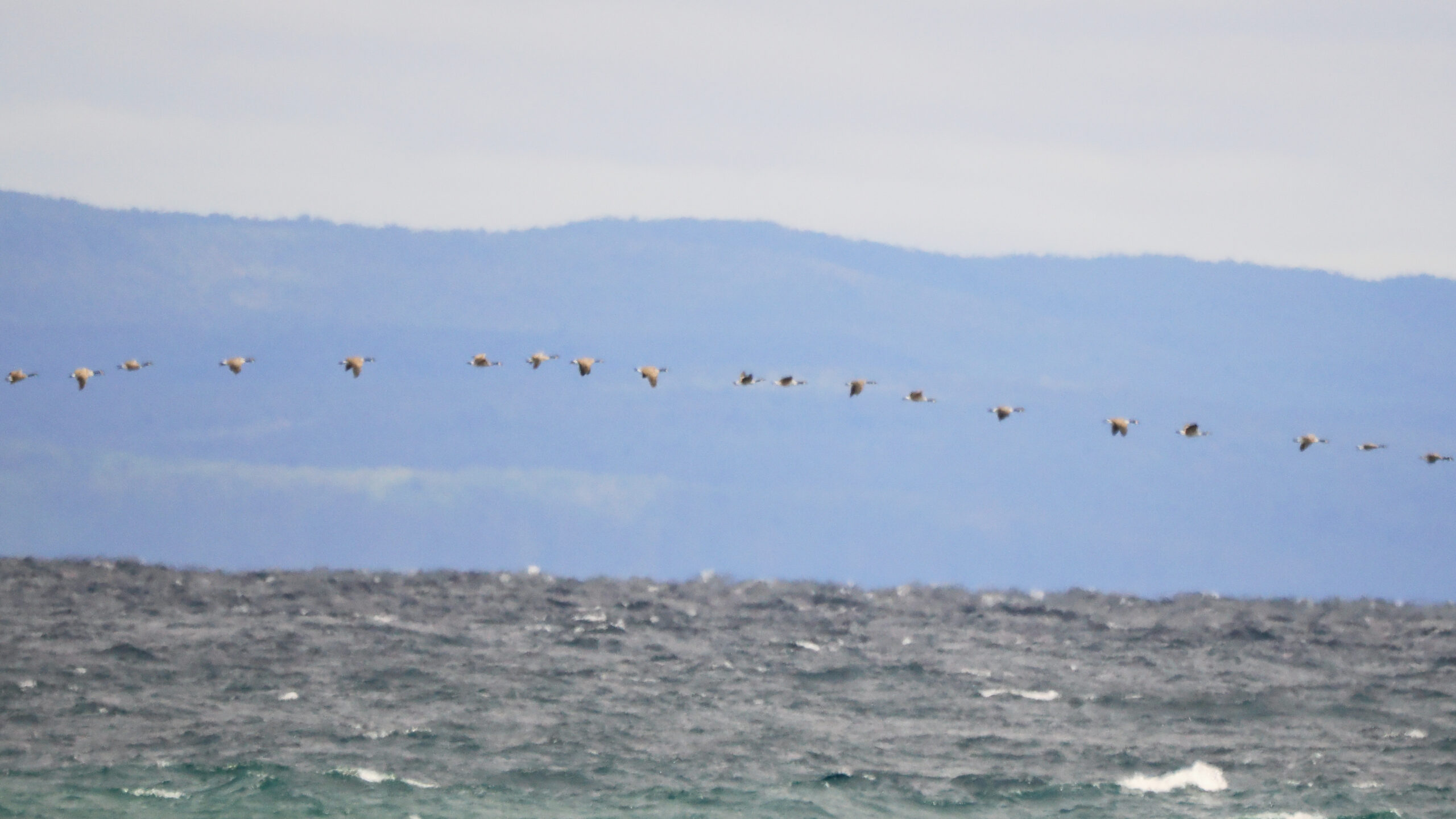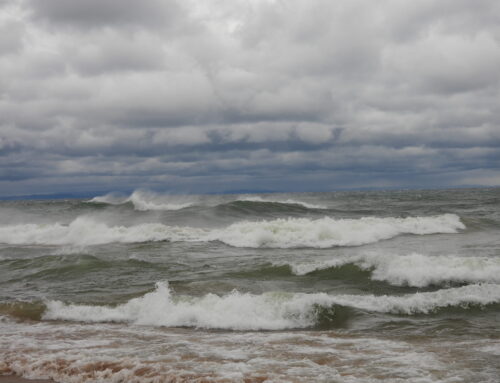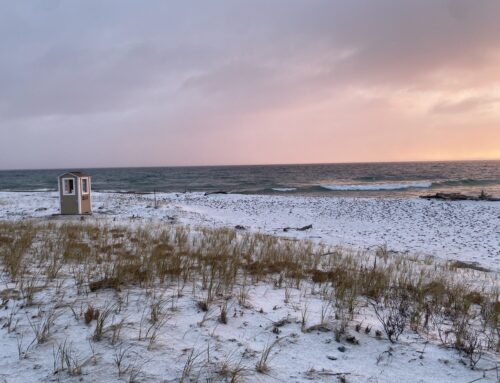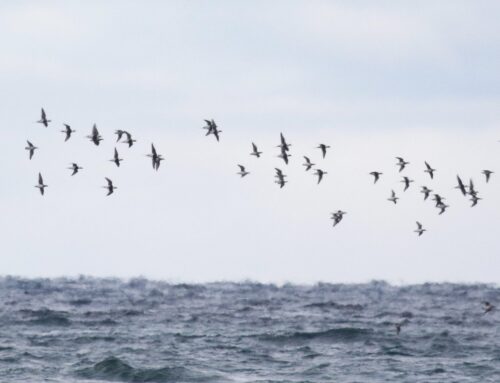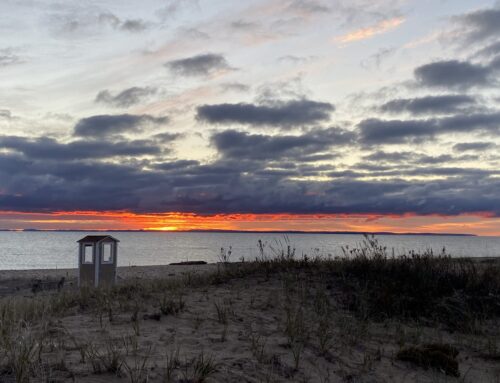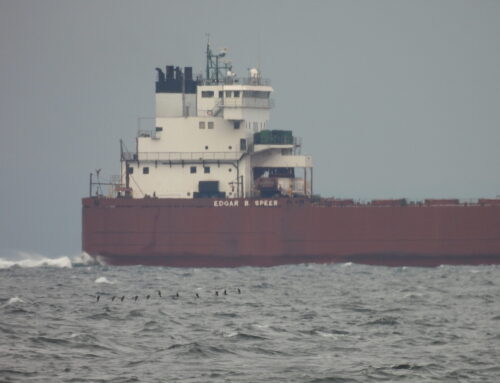The fourth week of fall waterbird counting at Whitefish Point has wrapped up, and we’re starting to see some changes in the abundance of several waterbird migrants. While we’re still seeing a considerable amount of Red-necked Grebes moving along Lake Superior (288 this week), they are no longer the most numerous species on the counts lately. That designation belongs to Canada Geese for now, as nearly 1,200 individuals were heading southbound on 9/6 in flocks reaching up to 150+ birds. Also worth mentioning, Common Terns staged an impressive flight on the afternoon of 9/11, with over 700 terns flying around the Point over roughly three hours. We continue to see an increase in dabbling ducks as well, with greater numbers of American Wigeon, Northern Shoveler, and Green-winged Teal over the last week. Alternatively, shorebird numbers have tailed off a bit. The large majority of those individuals are Sanderlings, but we did have a single Buff-breasted Sandpiper drop-in late in the day on 9/6. Other notable birds at the Point this week include an extremely brief appearance by a Sabine’s Gull and also two distant jaegers on the morning of 9/6. As far as predicting waterbird movement in the coming week, there aren’t likely to be any strong northwesterly winds or rough weather events soon that would result in a big push of birds past Whitefish Point. That being said, birds may trickle in gradually over the coming week or choose to move through in bigger concentrations on days with gentler winds. I’m looking forward to seeing how the waterbird numbers continue to shift over the coming weeks!
~ Clay Bliznick
2024 Fall Field Ornithologist
Featured photo: Most flocks of Canada Geese were high up on 9/6, but this group passed in front of us fairly low. Photo by Clay Bliznick
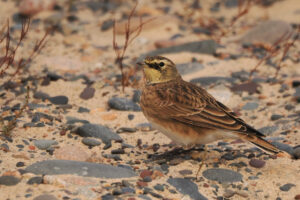
Horned Larks have started to show up more routinely along the dunes this week. Photo by Clay Bliznick
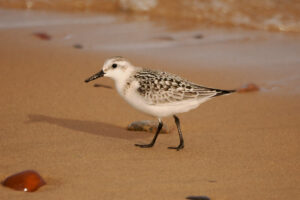
Sanderlings continue in good numbers at the Point in Week 4. Photo by Clay Bliznick
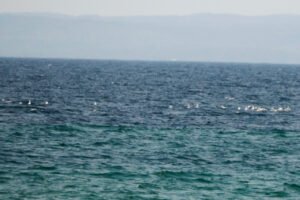
One of many distant tern flocks low over the lake on 9/11. Photo by Clay Bliznick
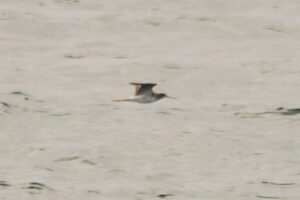
The only yellowlegs (Greater) of the week! Photo by Clay Bliznick
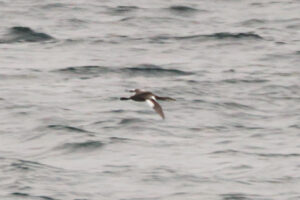
Red-necked Grebe in flight close enough to see the white patches on the leading edge of the wings and on the secondaries. Photo by Clay Bliznick
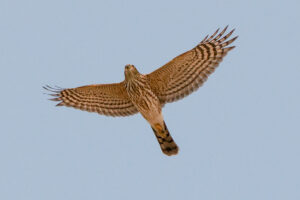
Juvenile Sharp-shinned Hawk right over my head! Photo by Clay Bliznick
You can keep up with the 2024 Fall Field Ornithologist by reading Clay’s weekly blog posts and following WPBO’s social media (Facebook, Instagram, and X).
Would you like to go birding with Clay? Join him for one of his WPBO Migratory Bird Walks this season. Learn more at wpbo.org/events.
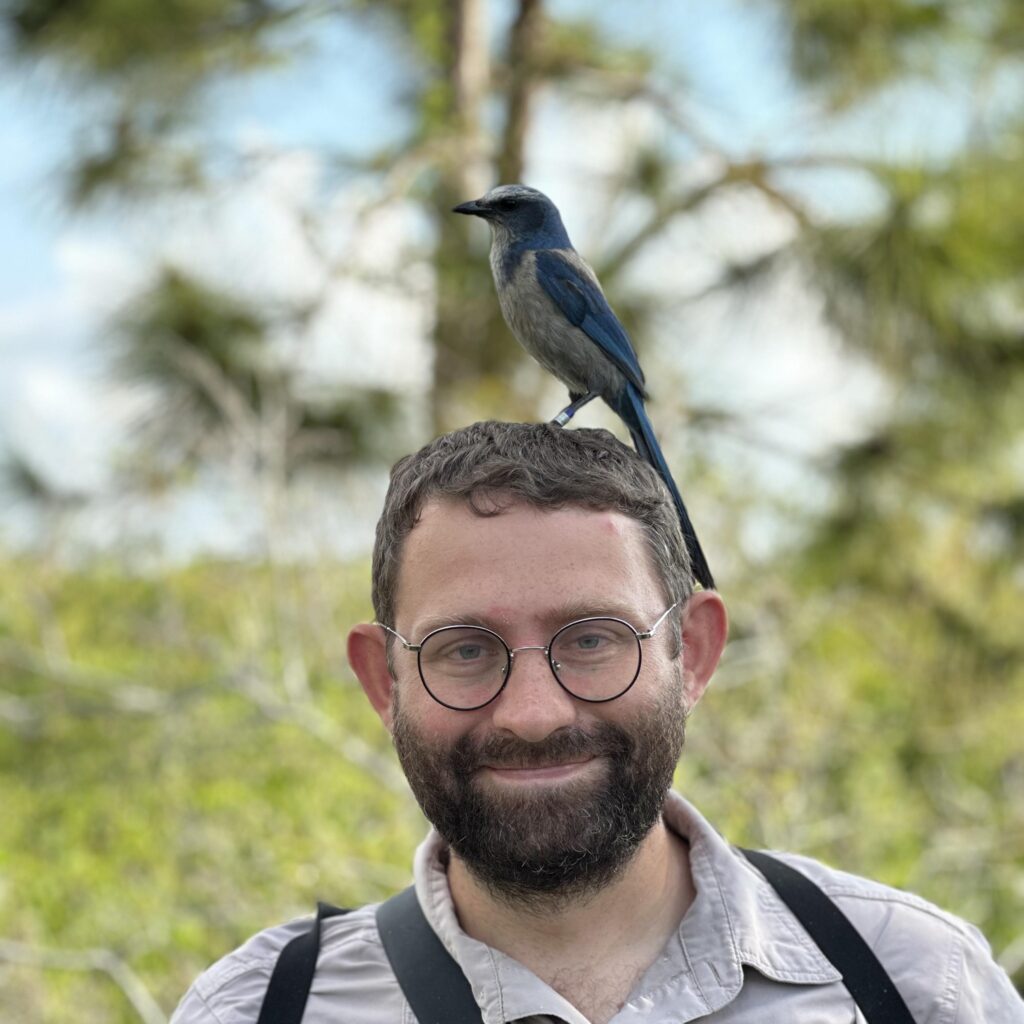
Clay Bliznick, MS: 2024 Fall Field Ornithologist
Clay first took an interest in birds during a high school trip to Alaska, where he was struck by the flamboyance of magpies, the sleek, penguin-like appearance of alcids, and the sheer number of waterbirds residing along the coast. He dived headfirst into the birding world while an undergraduate at the University of Kentucky, spending every free second exploring his home state for exciting new birds and places. Afterward, he attended graduate school at Murray State University and wrote a master’s thesis examining the response of bird communities to environmental factors in Western Kentucky bottomland hardwood forest restorations. Most recently, Clay has been living in South Florida, where he’s worked closely with many charismatic birds, such as the Crested Caracara, Swallow-tailed Kite, and Florida Grasshopper Sparrow. Clay is excited to join the Michigan Audubon team at WPBO as a fall field ornithologist and is eager to observe the spectacle of bird migration in the Upper Peninsula firsthand.

